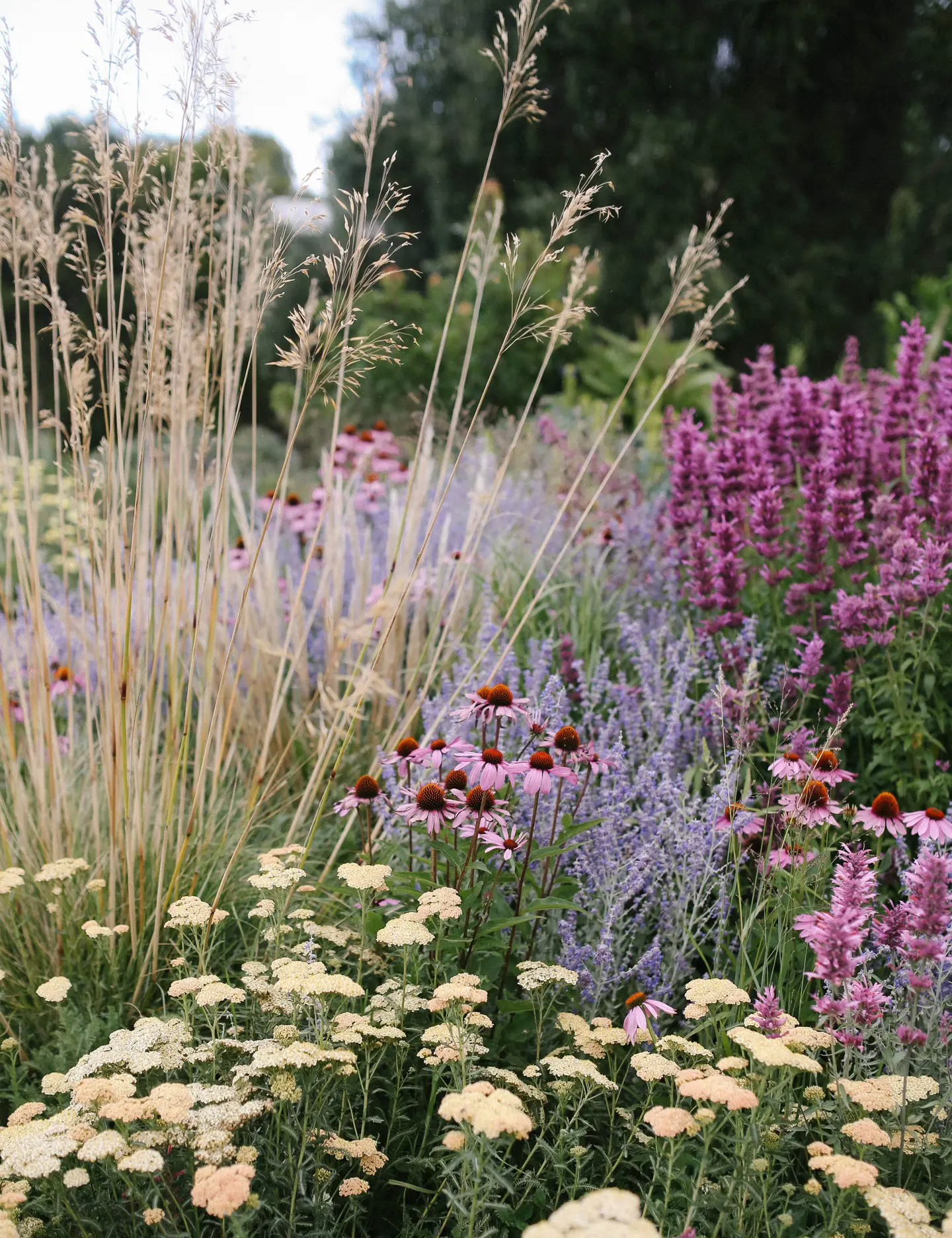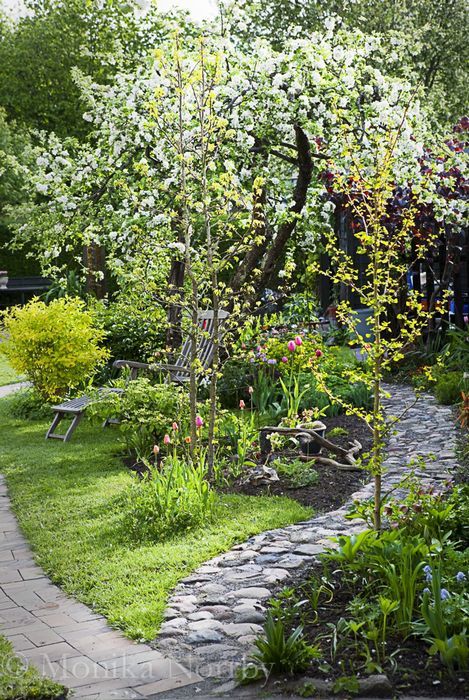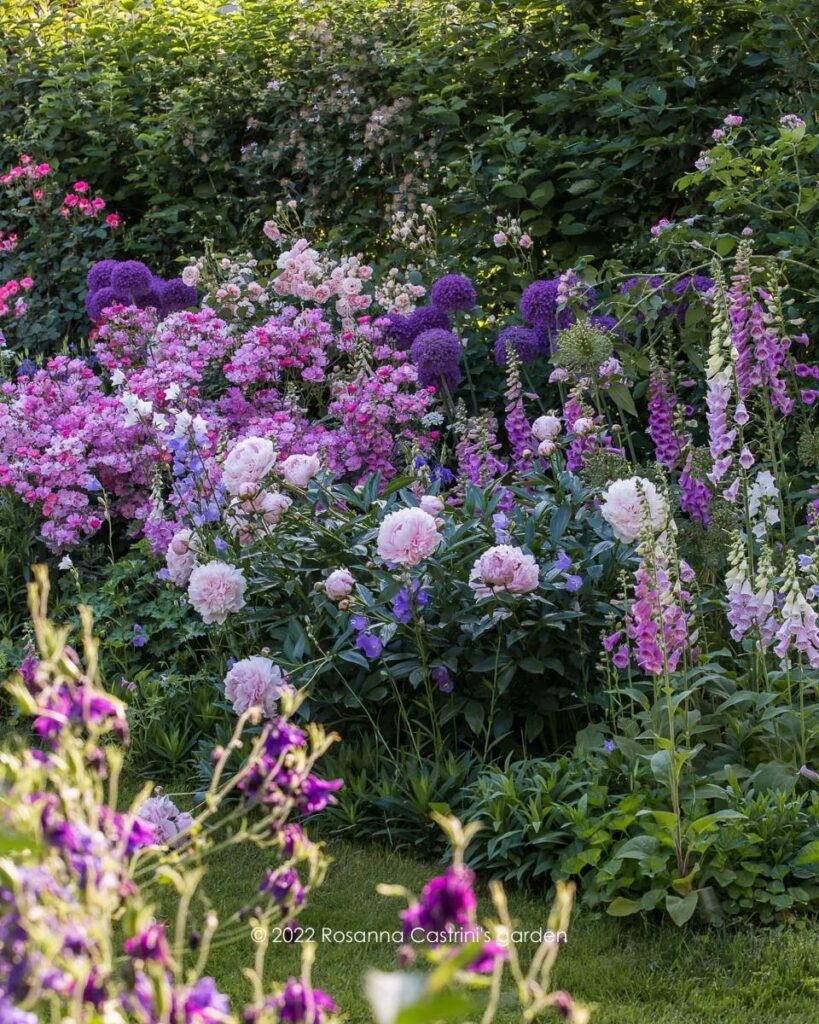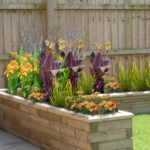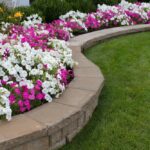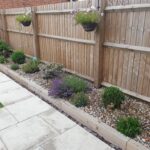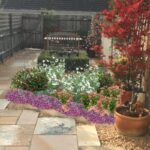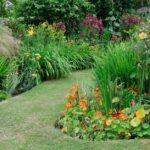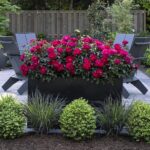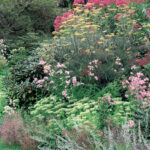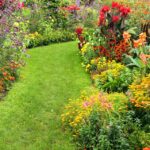Garden design borders play a crucial role in creating a visually appealing and cohesive outdoor space. Borders can define different areas of the garden, create structure and balance, and add interest and variety to the overall design. When planning your garden borders, there are several key factors to consider to ensure they enhance the beauty and functionality of your garden.
One important aspect to keep in mind when designing garden borders is scale and proportion. Borders should be in proportion to the size of your garden and its features. Consider the overall size of your outdoor space and the layout of your plants and hardscape elements when determining the size and shape of your borders. Utilizing different heights and widths of plants and materials can also help create a sense of balance and harmony in your garden design.
Another key consideration when designing garden borders is plant selection. Choose plants that not only look aesthetically pleasing but also suit the growing conditions of your garden. Consider factors such as sunlight, soil type, and climate when selecting plants for your borders. Mixing different types of plants, such as flowers, shrubs, and grasses, can create a dynamic and diverse border that adds texture and color to your garden.
In addition to plant selection, the materials used for your garden borders can greatly impact the overall look and feel of your outdoor space. There are a variety of materials to choose from, including wood, stone, metal, and brick. Consider the style of your garden, as well as your personal preferences, when selecting materials for your borders. It’s also important to consider the durability and maintenance requirements of the materials to ensure your borders will last for years to come.
Creating a focal point in your garden borders can help draw the eye and create a sense of interest and excitement in your outdoor space. Focal points can be created using a variety of elements, such as statues, water features, or unique plant specimens. Placing these focal points strategically within your borders can help create a sense of unity and cohesion in your garden design.
Lastly, consider the overall theme and style of your garden when designing your borders. Whether you prefer a formal, symmetrical design or a more natural and informal look, your borders should reflect the overall aesthetic of your garden. Using repetition, symmetry, and color coordination can help create a cohesive and harmonious design that ties all elements of your garden together. By carefully planning and designing your garden borders, you can create a beautiful and inviting outdoor space that you can enjoy for years to come.
